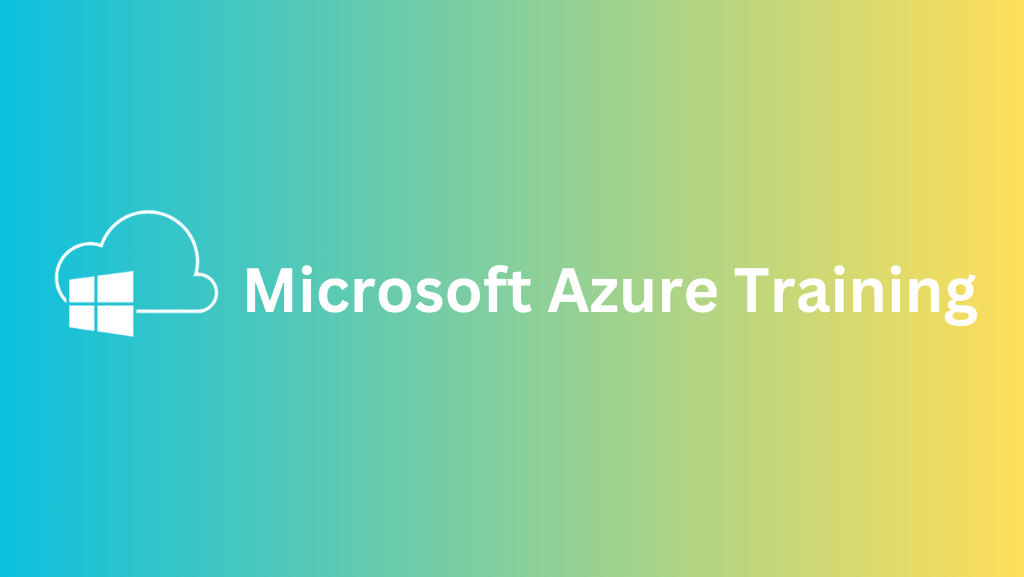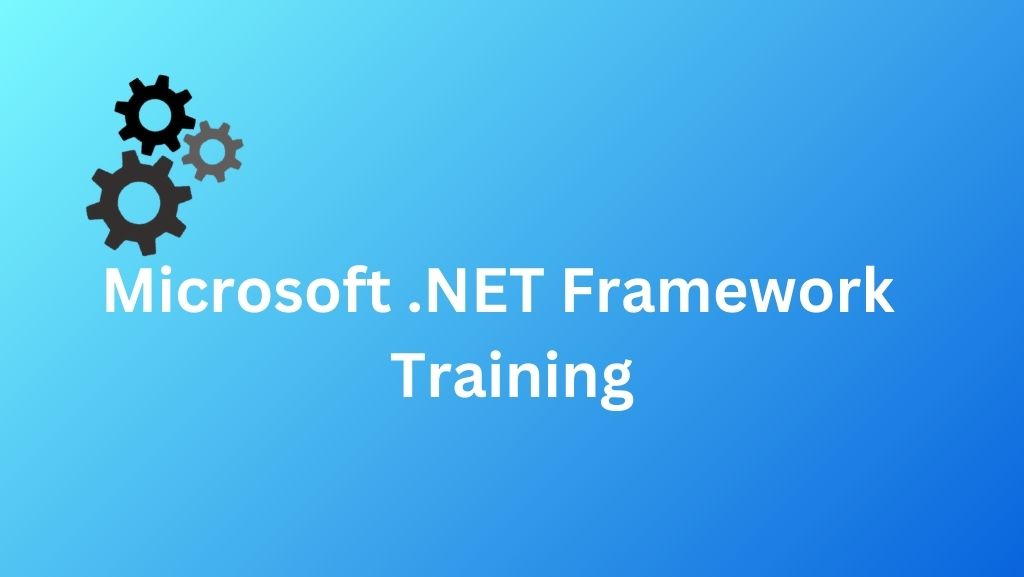Upcoming Batches for Microsoft Power BI
Not compatible with the above dates?
Microsoft Power BI Course Details
Microsoft Power BI is a new tool in the hands of business enterprises who are overwhelmed with the data at hand and until now didn't have a cost-effective tool to extract insights from it. After the completion of the Microsoft Power BI certification course, you can start using the Power BI tool, which is a set of applications and tools that let the candidate extract data from multiple unrelated sources and convert it into a coherent set of information, interactive data, visually appealing insights, graphs, charts, and reports. Moreover, you will get official Power BI training material.
The Power BI training course offered by Zx Academy ensures you get expertise in Business Analytics. Also, you can master the concepts like Power BI Architecture, Mobile Apps, Power BI Desktop, Reports, Power BI Content packs, Q&A, to name a few with industry use scenarios. The Power BI certification training is live instructor-led and gives you hands-on experience in real-time projects.
Highlights of Zx Academy Training:
- 24/7 Support throughout the training period
- Live online classes
- Training under industry experts
- Free study material
- Flexible timings to all our students
What will you learn in Microsoft Power BI Certification training?
After completion of the Power BI certification training, you will learn:
- Introduction to Power BI
- Data Analysis Expressions (DAX)
- Power BI Desktop
- Data Visualization
- Direct Connectivity
- Introduction to Power BI Q&A and Data Insights
- Advanced Analytics in Power BI using R & Python
- Power BI Report Servers
Who should take this Microsoft Power BI Certification training?
The Microsoft Power BI Certification training course is beneficial for:
- Business Analysts
- Statisticians and Analysts
- Business Intelligence Manager
- Project Managers
- Data Scientists
What are the prerequisites for taking Microsoft Power BI Certification training?
The prerequisites for taking Power BI certification training are:
- Fundamental understanding of Microsoft Excel and formulas
- Basics of R and Python Scripts
Why should you go for Microsoft Power BI Certification training?
The Microsoft Power BI training course at Zx Academy introduces you to Power BI Desktop and its use with Power Pivot for Data Modeling. The Power BI course enables the candidate to learn about Data Visualization and Data Analysis with Power View, Power BI Desktop, and Power Map. The Microsoft Power BI course will also introduce the candidate to Power BI Q&A, which enables you to explore, discover and visualize enterprise data using natural language
Salary Trends:
According to Glassdoor, the average salary of a Power BI Developer is Rs. 8,00,000 per yearAre you excited about this?
Microsoft Power BI Curriculum
Stages of business intelligence (BI)
Use cases of BI
Various BI tools
Overview of Data warehouse & concepts
Introduction to Power BI
Why Power BI
Power BI Components
Power BI pricing structure
Building blocks of Power BI
Architecture of Power BI
Power BI vs Tableau vs QlikView
Introduction of Power BI Desktop
Installation of Power BI Desktop
The key features of Power BI workflow
Process of creating reports in Power BI
Data sources in Power BI
Using files (excel, pdf, csv, etc.) as a data source
Using SaaS connectors
Extracting data from folders, and databases
Working with Azure SQL database and database sources
Connecting to Analysis Services
Other data sources (OData, web, SharePoint etc.)
Python & R script in Power BI
Introduction of power query editor
Advance editor
Query dependency editor
Formatting data
Transformation of data
Understanding of Data types
Data profiling for data quality check
Naming conventions & best practices to consider
Working with Parameters
Merge Query
Append Query
Group by of data (aggregation of data)
Applied steps (query settings)
Duplicate & Reference tables
Transpose of data
Fill
Pivot & Un-pivot of data
Custom columns
Conditional columns
Replace data from the tables
Split columns values
Move columns & sorting of data
Detect data type, count rows & reverse rows
Promote rows as column headers
Hierarchies in Power BI
M query
Creating relationships
Cardinality
Cross filter direction
Use of inactive relationships
Introduction of DAX
Why DAX is used
DAX syntax
DAX functions
Context in DAX
Calculated columns using DAX
Measures using DAX
Calculated tables using DAX
Learning about table, information, logical, text, iterator,
Time intelligence functions (YTD, QTD, MTD)
Cumulative values, calculated tables, and ranking and rank over groups
Date and time functions
DAX advanced features
Understanding Power View and Power Map
Data visualization techniques
Page layout & Formatting
Power BI Desktop visualization
Formatting and customizing visuals
Visualization interaction
Custom visualization in Power BI
Top-down and bottom-up analytics
Drill down
Drill through
Page navigations
Bookmarks
Selection pane to show/hide visuals
Comparing volume and value-based analytics
Combinations charts (dual axis charts)
Filter pane
Slicers
Use of Hierarchies in drill down analysis
Theme for corporate standards
Power BI template for design reusability
Mastering the best practices
Performance analyzer in Power BI for monitoring performance of report
Power BI Q&A (Natural Language Query visual)
Sync slicers
Tooltips & custom tooltips
Tables & matrix
Conditional formatting on visuals
Waterfall chart, KPI, Donut chart, Scatter chart
Geographical data visualization using Maps
Introduction of workspaces
Dashboard
Creating & Configuring Dashboards
Dashboard theme
Reports vs Dashboards
Building workspace Apps
Sharing reports & dashboards
Introduction to Power Q & A
Getting answers in the form of charts, graphs, and data discovery methodologies
Configure custom questions for Q&A like FAQ
Ad-hoc analytics building
Power Q&A best practices
Quick Insights
Subscribe, Alerts, Usage statics, Related content
Design reports on Power BI Service
Collaboration using Power BI Service
Row Level Security (RLS)
Introduction of Paginated Reports
Introduction of Power BI Report Server
Aggregating data from multiple data sources
Power BI Service settings
Power BI Admin Portal
Administration activities
Power BI usage analysis
Introduction of Office 365 admin activities
Introduction of Data Gateway
Installation & Configuration of data gateways
Scheduling auto data refresh
Managing groups, row-level security, datasets, reports, and dashboards
Real time data analysis using Direct Connectivity
Direct Query vs Import Mode
Create embedded code
Manage embedded code
Integration of Power BI in SharePoint
Introduction of Power BI API
Power BI Embedded playground
Introduction to Power BI Mobile
Creating mobile based reports & dashboards
Optimizing report for Power BI mobile app
Features of Power BI mobile app
Introduction of integrating Power BI & Excel
Power BI Analyze in Excel
Power BI Premium per user
Power BI Premium features
Introduction to Data Flow
Create Data Flow
Advantages of Data Flow
Create reports using Data Flow
Introduction to Power BI Deployment Pipelines
Create Deployment Pipelines
Benefits of Deployment Pipelines
Introduction of Sensitivity Labels
Introduction of Power BI Goals feature
Incremental data load in Power BI
Power BI best practice rules to improve performance
Like the curriculum?
Projects on Microsoft Power BI
Sales Data Analysis Dashboard:
Project Description: Utilizing Power BI to design a sales data analysis dashboard that visually represents and interprets sales information.
Requirements:
Import a sample sales dataset into Power BI from a common data source such as Excel or CSV and create an eye-catching dashboard featuring key performance indicators (KPIs), charts, and graphs. Include slicers and filters that enable users to interact with the data (e.g., filter by date, product or region). Implement calculated columns using Data Analysis Expressions for advanced calculations (e.g. total sales or growth rates).
Build a summary report page outlining insights and recommendations from data analysis.
Learning Objectives:
This project is intended to teach students how to connect to data sources, transform data, create interactive dashboards using Power BI and create compelling visualizations using Power BI. Furthermore, they will gain an introduction into using DAX for advanced calculations.
Inventory Management Analysis:
Project Overview: Use Power BI to develop an inventory management analysis solution to assist a fictional business in tracking inventory levels and making data-driven decisions.
Requirements:
For this project, import an inventory dataset into Power BI with details regarding products, quantities, suppliers and sales. Produce visuals showing current inventory levels by product categories as well as supplier performance.
Create a calculated column or measure to assess inventory turnover rate or detect slow-moving items, and design a report page that gives insights into restocking decisions based on inventory data. Finally, set up an automated data refresh schedule so your inventory data stays current.
Learning Objectives:
This project allows students to apply Power BI skills to real-life inventory management situations. They'll learn how to work with complex datasets, produce informative visuals, and extract actionable insights.
Project Resources
Microsoft Power BI Certification
Microsoft Certified Data Analyst Associate
Microsoft Certified: Power BI Fundamentals
Microsoft Certified Power BI Data Analyst
Microsoft Certified Power BI Administrator
Microsoft Certified Power BI Developer
Each certification addresses different roles and levels of expertise within Power BI.
Receive formal training either in-person or online through trusted providers like ZX Academy
Review official Microsoft Power BI documentation and resources
Practice sample questions and take mock exams to test your knowledge, then gain hands-on experience by working on real Power BI projects.
Join communities and forums dedicated to Power BI to gain feedback from others who have taken exams as well.

Get certification or Get ahead with Zx Academy’s Certification or
Faq’s for Microsoft Power BI
Reviews
Bharathi
Bharathi




